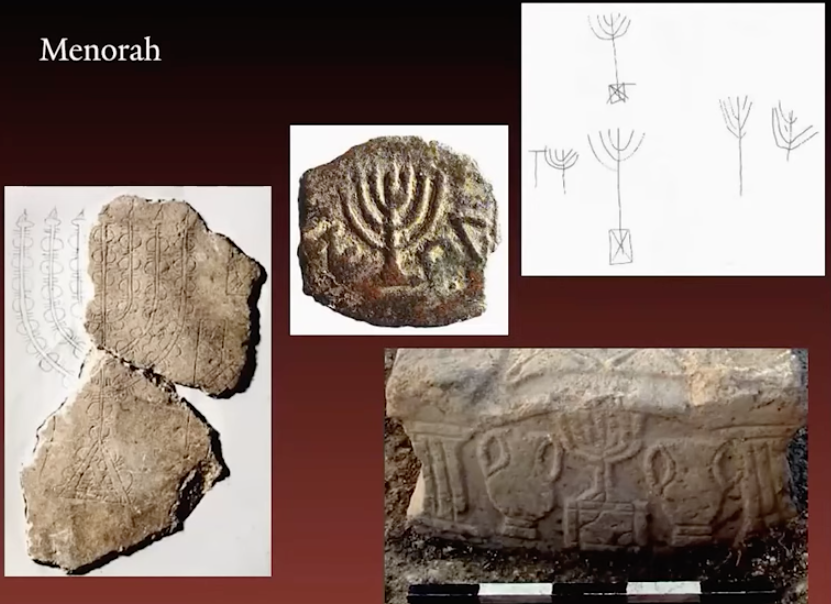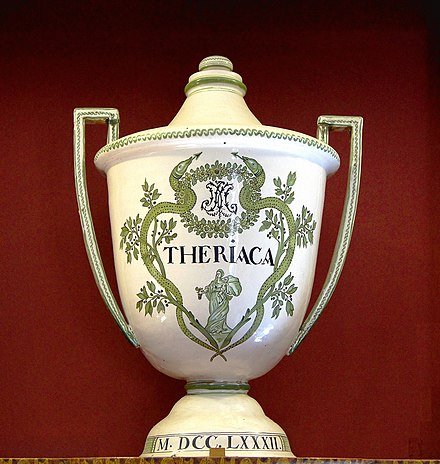Let's Run with the Bulls
Don't try this at home. In fact, don't try this anywhere.
Every year in early July, the annual Running of the Bulls happens in Pamplona, Spain. This year’s event resulted in 35 injuries, but no (human) fatalities. Since records began in 1911, there have been 16 deaths. The last was in 2009 when a bull gored a 27-year-old Spaniard in the neck, heart and lungs.
It is with this background that we reach today’s remarkable passage in the Talmud that addresses the legal liabilities of bulls whose job was to gore people. Here is that passage from a Mishnah which we read in today's Daf Yomi:
בבא קמא לט, א
שור האצטדין אינו חייב מיתה שנאמר כי יגח ולא שיגיחוהו
A bull of the arena [that killed a person] is not liable to the death penalty, for the verse states [Ex. 21:28] "If an ox gores" - which implies that an ox that is compelled to gore [is exempt]. (Bava Kamma 39a.)
According to Rashi, bulls were trained to fight against each other (שמיוחד לנגיחות ומלמדין אותו לכך). Tosafot takes it up a notch; back on page 24b Tosafot noted that the bulls were trained to fight people. (לא דמי לשור האצטדין שהאדם נלחם עמו להורגו) In other words, we are describing a bullfight.
A Jewish Bullfighter from the Upper West Side
Before we go further, let's frame this liability by watching a video. It is, I am fairly certain, the only video evidence of a lady Jewish bullfighter from New York's Upper West Side. Her name is Rachel Wolf, and her day job is to raise money for Shaare Zedek Hospital in Jerusalem. But here she is, in Peru in 2010, 'fighting' (kinda) a bull (kinda). Note: No Jews, matadors, or animals were harmed in the making of this video. Listen our for the screams of "Yay Rachel" over the rather cheesy background music.
Now imagine if the still sizable horns on that little bull had met, not the matador's cape, but the matador. Or worse still, Rachel. According to the Mishnah, the bull would not be subject to any penalty, since it was bred to gore, and so did not really do so of its own volition. Which seems rather fair to me. (Sorry, Rachel.)
Injuries from Bullfighting
Far from a theoretical ruling, the Mishnah addresses a real issue for those countries in which bullfighting is still a national pastime. (I'm talking about you, Spain. And Portugal. And you too, Mexico, Columbia, Ecuador, Venezuela and Peru.) Not surprisingly, all countries in which bullfighting is practiced continue to see the nasty injuries that result. And I'm not talking about those of the bull.
In May 2010 Julio Aparicio slipped while fighting this half-ton bull. The horn of the animal tore into the bullfighter's throat and emerged through his mouth. Aparicio underwent six hours of surgery; doctors performed an emergency tracheotomy and worked to reconstruct his throat, jaw, tongue and the roof of the mouth. But don't worry. He made a full recovery and returned to the bullfighting arena ten weeks after the goring.
“A considerable risk of serious, life-threatening injuries is inherent to bullfighting. Penetrating inguinal and perineal trauma with injury to the femoral vessels represents a specific, potentially fatal injury. ”
In 2005 a group of surgeons published an enticingly titled paper: Chirurgica Taurina: A 10-Year Experience of Bullfight Injuries, based on data collected from the Plaza de Toros Nuevo Progreso, the second-largest bullfighting arena in Mexico.
Over the ten year study period, 2,328 bullfights were included. Seven hundred and fifty bull- fighters were identified, of which 68 -that's 9% - required emergency medical care by the surgical trauma service Not surprisingly, the most common site of injury was the lower extremity (55 of 99 injuries), followed by the upper extremity, the groin, the perineum, and the abdomen. And there were some really nasty injuries. "Of the seven perineal injuries" wrote the authors,
all involved the scrotum with varying degrees of scrotal hematoma and avulsion of the scrotal skin leaving the testicle bare in one case. There was one case of rectal perforation requiring a diverting colostomy. Of the five abdominal injuries, two breached the peritoneum causing bleeding from the small bowel mesentery in one case, and prolapse of the omentum in the other. In two other cases the bullfighters had separate wounds of entry and exit caused by the horn which had passed tangentially through the layers of the abdominal wall...
Another paper, Bullhorn and Bullfighting Injuries, reported on fifteen bullfighting injuries. Here they are:
From Garcia-Marin, A. Turegano-Fuentes, F. Sanchez-Artega A et al. Bullhorn and Bullfighting Injuries. Eur J Trauma Emerg Surg (2014) 40:687–691.
A Jewish Bullfighter from the Fifteenth Century
The fact that the Mishnah addresses the liability of a bull that injures or kills in the arena suggests that Jews were indeed involved in the business of bullfighting. But through the centuries this Jewish involvement seems to have been rare. Evidence for this is found in a manuscript in the British Museum. It was written sometime in the fifteenth century, and it parodies a bullfight in which Jews appear as both spectators and participants. In a paper analyzing the parody, Elena Lourie notes that the point of the poem was
clearly to ridicule the Jews and their cowardice when confronted by a brave and ferocious bull...Although fourteenth and early fifteenth-century records reveal the presence of three or four Jewish lion tamers in Saragossa and Pamplona, entrusted with the keeping of the king's lions...there can be no doubt that they were oddities and that the very notion of Jews engaged in bullfighting went against the canon of what was considered proper and was intended to strike the reader as a thing, in itself, ridiculous and grotesque.
...And one from the Twentieth Century
Aside from Rachel, I know of only one other Jew who entered the arena - the professional matador Sidney Franklin (1903-1976). Franklin, who wrote an autobiography Bullfighter from Brooklyn, left New York (and his orthodox Jewish upbringing) in 1922, and moved to Mexico City, where he started his career as a professional bullfighter. Ernest Hemingway was rather impressed with the Jewish matador from Brooklyn; he wrote a chapter about Franklin in Death in the Afternoon, and included pictures of Franklin at work in the arena. Let's end with Hemingway's description of Franklin at work:
Franklin is brave with a cold, serene and intelligent valor but instead of being awkward and ignorant he is one of the most skillful, graceful and slow manipulators of a cape fighting today. His repertoire with the cape is enormous but he does not attempt by a varied repertoire to escape from the performance of the veronica as the base of his cape work and his veronicas are classical, very emotional, and beautifully timed and executed. You will find no Spaniard who ever saw him fight who will deny his artistry and excellence with the cape...He is a better, more scientific, more intelligent, and more finished matador than all but about six of the full matadors in Spain today and the bullfighters know it and have the utmost respect for him.
“שוורים שמשחקין בהן ומלמדין אותן ליגח זה את זה אינם מועדים זה לזה. ואפילו המיתו את האדם אינן חייבין מיתה שנאמר כי יגח לא שיגיחוהו
Bulls that are taught to gore one another and that are used in tournaments are not considered to be ‘warned.’ Even if such a bull kills a person it is not liable to the death penalty...”
Next time on Talmudology: Injuries from Cows.













